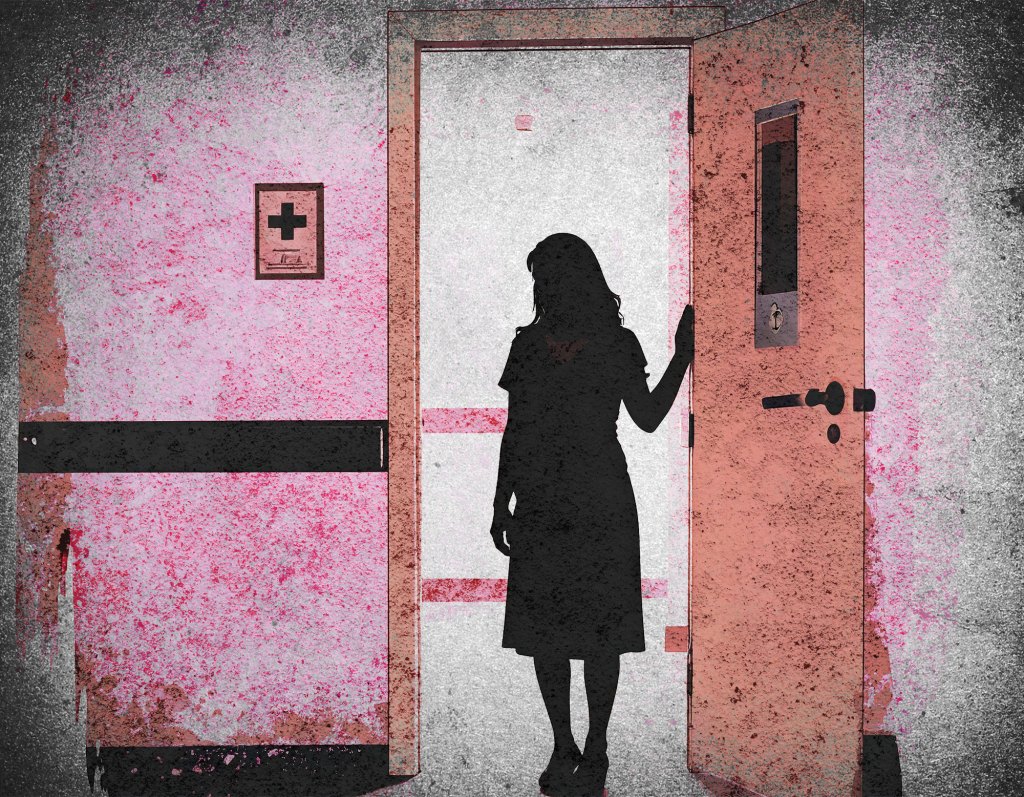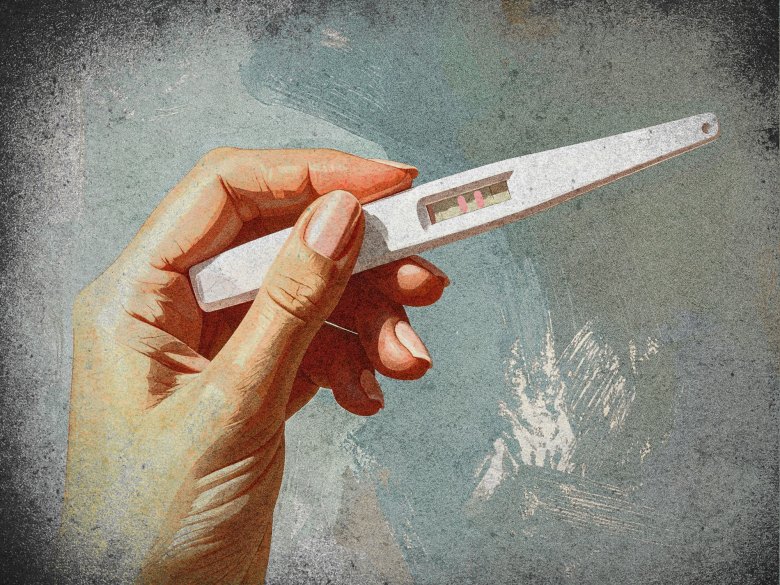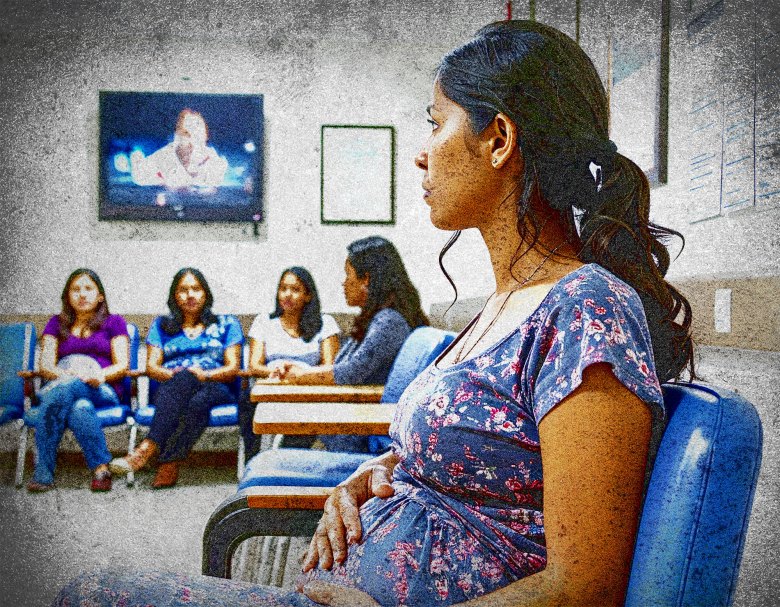
Wading Without Roe: California as a Last-Resort Haven for Patients Seeking to End Pregnancies
California has become a last-resort destination for patients seeking to end pregnancies, particularly in the wake of the overturning of Roe v. Wade. In September 2023, Marcela Bermudez made the difficult decision to travel over 1,000 miles from Houston, Texas, to Los Angeles, California. At 25 years old and 14 weeks pregnant, she had no desire to continue her pregnancy. With abortion banned in Texas, she was among nearly 7,000 patients who traveled to California that year for an abortion.
Bermudez’s journey was not unique. Many patients shared stories of long, costly travels, overwhelming stigma, and the need for significant effort and luck to access their procedures. They described the emotional toll of trying to replicate the comfort of home through phone calls, moving belongings under the physical stress of pregnancy, and fearing potential complications. Despite these challenges, many expressed gratitude for the people who helped them navigate the process and those who continue to fight for abortion access.
The Impact of Overturning Roe v. Wade
The Supreme Court’s decision in Dobbs v. Jackson Women's Health Organization in June 2022, which overturned Roe v. Wade, marked a turning point in reproductive rights. While the number of abortions in the U.S. dipped slightly, the impact on access was profound. In states with total abortion bans, the situation became dire. However, in states like California, where abortion is legal until viability, the demand for services increased significantly.
According to the Guttmacher Institute, total abortions provided in California rose by 17% between 2020 and 2023. Abortions provided to out-of-state patients traveling to California increased more than 200% during the same period. This surge has placed a growing burden on clinics, requiring them to expand their operations, hire additional staff, and provide logistical support to meet the rising demand.
Personal Stories of Struggle and Support
Alexandria Cardenas, a 23-year-old from Houston, found herself in a similar situation. After learning she was pregnant, she sought help at a Planned Parenthood clinic, only to be met with limited guidance. She eventually found a clinic in Santa Ana, California, where she received the care she needed. The cost of the procedure was around $2,000, and she relied on her partner to cover the expenses.
For Bermudez, California represented a new beginning. She reached out to Access Reproductive Justice, an abortion fund that covered part of her procedure’s cost. Her final days in Texas were filled with anxiety, but she remained focused on her upcoming abortion. The day of the procedure was emotionally taxing, but she found solace in the support of a friend who had guided her through the process.
Expanding Access Through Shield Laws
In 2024, the trend of out-of-state travel for abortion care began to shift. According to the Guttmacher Institute, out-of-state patients seeking abortions in California dropped by 44% from 2023 to 2024. Instead, shield laws—laws that protect providers within a state from legal consequences stemming from reproductive health care that is legal in that state—have enabled physicians to mail abortion medication to patients in states where the procedure is banned.
The #WeCount report found that 25% of all abortion medication delivered nationally by mail in 2023 was provided under shield laws. For many patients, receiving pills in the mail offers a more convenient option than traveling across state lines.
Challenges and Continued Advocacy
Despite the rise in abortion access, many patients still choose or need to travel out of state for care. Some are beyond the gestational limit for medicated abortions, while others face stigma and fear of criminalization in their home states. Organizations like The Brigid Alliance provide critical support, helping patients book flights, arrange accommodations, and manage other logistical needs.
While the number of abortions performed in the U.S. increased in 2024 compared to 2022, the impact of abortion bans remains significant. Many individuals have been unable to access care due to these restrictions. However, the efforts of politicians, abortion funds, clinicians, and advocacy groups continue to make a difference.
Legal Challenges and Future Concerns
Shield laws are now being tested in courts across the country. In Texas, the Attorney General sued a New York doctor for allegedly prescribing abortion pills to a patient in Texas. Similar cases are emerging in Louisiana and other states. These legal battles may ultimately reach the U.S. Supreme Court, raising concerns about the future of reproductive rights.
Emotional Healing and Resilience
For many patients, the emotional journey after an abortion is just as challenging as the procedure itself. Cardenas continues to heal from the trauma of traveling far from home and the Catholic shame she felt afterward. She credits therapy with helping her cope and now speaks out about the need for better access to care.
Bermudez, too, has found strength in her experience. She works at Access Reproductive Justice, the organization that helped her during her time of need. She reflects on how her life could have been different without the opportunity to terminate her pregnancy.
Conclusion
California’s role as a last-resort haven for patients seeking to end pregnancies highlights the ongoing struggle for reproductive rights in the U.S. While progress has been made, the road ahead remains uncertain. The efforts of advocates, healthcare providers, and patients continue to shape the landscape of reproductive care, ensuring that those in need can access the support they deserve.







